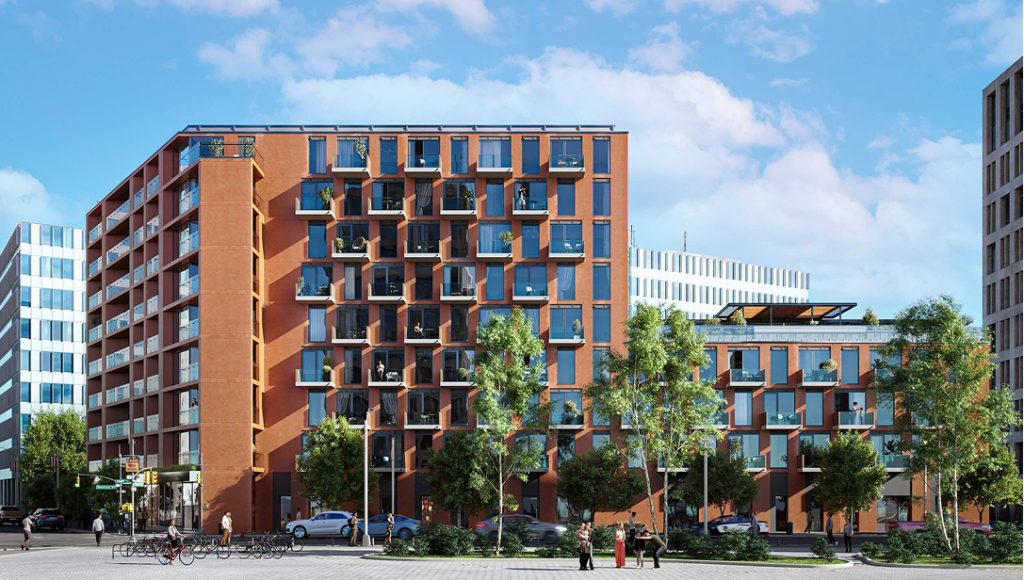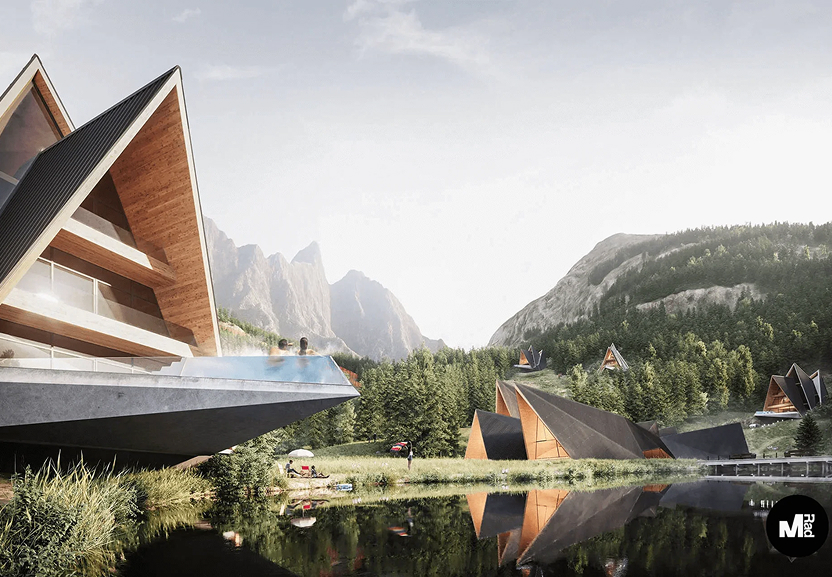
In the modern real estate market, first impressions aren’t made at the site — they’re made on screens. Whether it’s a luxury apartment or a new housing development, potential buyers expect to see the lifestyle they’re investing in — long before a single brick is laid.

That’s where photorealistic 3D visuals come in. These hyper-realistic renderings bring unbuilt properties to life, allowing buyers to connect emotionally with a project, understand its full potential, and make decisions faster. Here’s how photorealistic 3D visuals are transforming property sales.
1. Helps Buyers Visualize the Future
Traditional 2D floor plans and blueprints often leave too much to the imagination. Photorealistic 3D visuals, on the other hand, bridge the gap between concept and reality, showing buyers exactly what their future home or investment will look like — lighting, textures, furniture, landscaping, and all.
Result: Faster decision-making, less hesitation, and more informed buyers.
2. Elevates Marketing Campaigns
High-quality renderings make your brochures, websites, and ads stand out. Whether shared on social media, embedded in digital listings, or printed in luxury sales kits, 3D visuals add sophistication and help properties appear more premium and desirable.
Result: Increased engagement, more inquiries, and a stronger brand image.
3. Boosts Off-Plan and Pre-Sale Success
Selling a property before it’s built is always a challenge — but not when buyers can see what they’re getting. With photorealistic 3D visuals, developers can launch pre-sales earlier, creating trust and anticipation even in the construction phase.
Result: More units sold off-plan, better cash flow, and reduced sales cycles.
4. Enables Virtual Tours and Interactive Experiences
Photorealistic images can be integrated into virtual walkthroughs, 360° tours, or interactive configurators. This allows potential buyers to explore properties remotely, customize finishes, or choose layouts — all without a physical visit.
Result: Wider market reach, including overseas investors or busy professionals.
5. Minimizes Misunderstandings and Change Requests
When a buyer can clearly see what the end result will look like, there’s less risk of misalignment between expectations and reality. This leads to smoother transactions, fewer design changes, and less post-sale friction.
Result: Happier clients, smoother closings, and stronger referrals.
Final Thoughts
Photorealistic 3D visuals aren’t just eye candy — they’re a strategic sales tool. They create trust, reduce uncertainty, and allow prospects to emotionally connect with a space that doesn’t yet exist.
If you’re looking to increase sales velocity, reduce marketing risk, and impress your audience, investing in high-quality 3D visuals is no longer optional — it’s essential.





